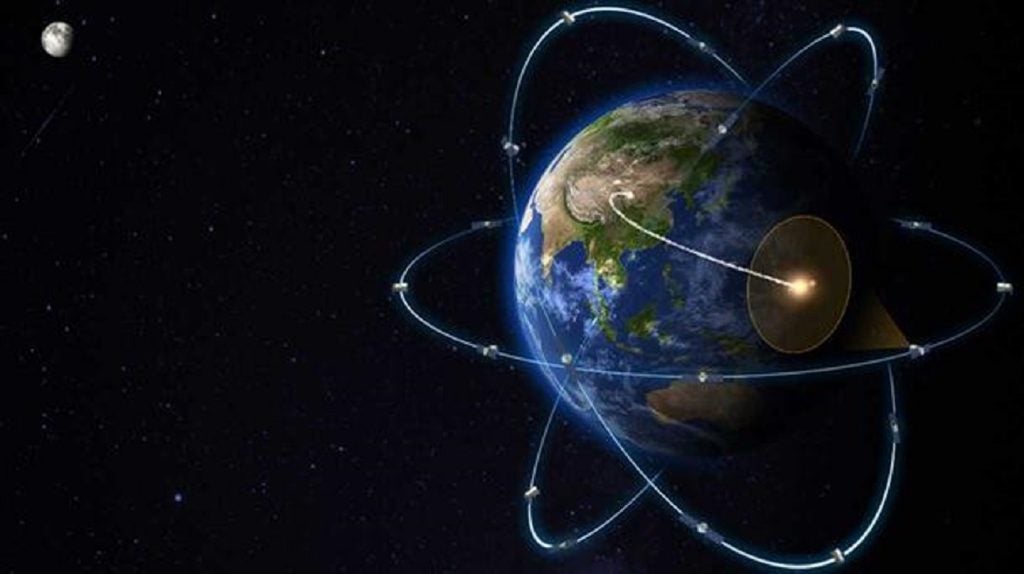US Space Force (USSF) Space Systems Command (SSC) has announced a $29m contract with L3Harris Technologies for hypersonic detection and tracking on 29 June.
The Florida-based defence contractor will deliver a digital model that can detect and track hypersonic missiles for the Medium Earth Orbit-Missile Track Custody (MEO-MTC) Epoch I programme.
MEO-MTC began as a demonstration and has since expanded. the USSF's contractors will deliver the missile warning and tracking system, ‘Epoch 1’, for fiscal years 2026 and 2027.
The USSF will deliver of the latest OPIR (overhead persistent infrared) sensing technology into an entirely new satellite constellation in MEO. SSC’s approach is to deliver satellites every three years in ‘Epochs,’ incrementally building capability and robustness over time. The high-fidelity OPIR solutions capable of defending against traditional missile threats, as well as fastmoving and dim targets like hypersonic missiles.
L3 Harris will join Millennium Space Systems and Raytheon Intelligence and Space on the Resilient MEO-MTC’s Epoch 1 space vehicle efforts.
The L3Harris MEO-MTC contract will conclude its critical design review phase in May 2024. The company will develop the system at its Fort Wayne, Indiana and Melbourne, Florida facilities.
“We are committed to leveraging our extensive work within our nation’s integrated missile defence architecture to provide resilient, low-risk and affordable solutions for both Epoch 1 and future Epochs,” said Ed Zoiss, President, Space and Airborne Systems at L3Harris.
Counter-measures to hypersonic threats
Hypersonic missiles can travel at five times the speed of sound (Mach 5) or higher, according to GlobalData’s report on ‘Hypersonic Technologies’.
The US, Russia, and China are all testing hypersonic technology, generating fears of escalating global competition for weaponry that has the potential to render current defences inadequate. The reported use of hypersonic missiles in Ukraine represents the first time the weapons have been deployed operationally. This usage, along with the pace of development in China, has raised concerns about the progress of the other major superpowers’ programmes.
In this context, the MEO-MTC contract is a sight for sore eyes for countries seeking to shore up their defences from the emerging aerial technologies. The USSF’s Epoch I constellation will help to intercept hypersonic threats, which follow a trajectory in Earth’s upper atmosphere.
L3Harris’ OPIR sensor suite will provide transparency as the digital model will be able to detect and track the weapon, allowing armed forces to intercept the missile before it reaches its target.









